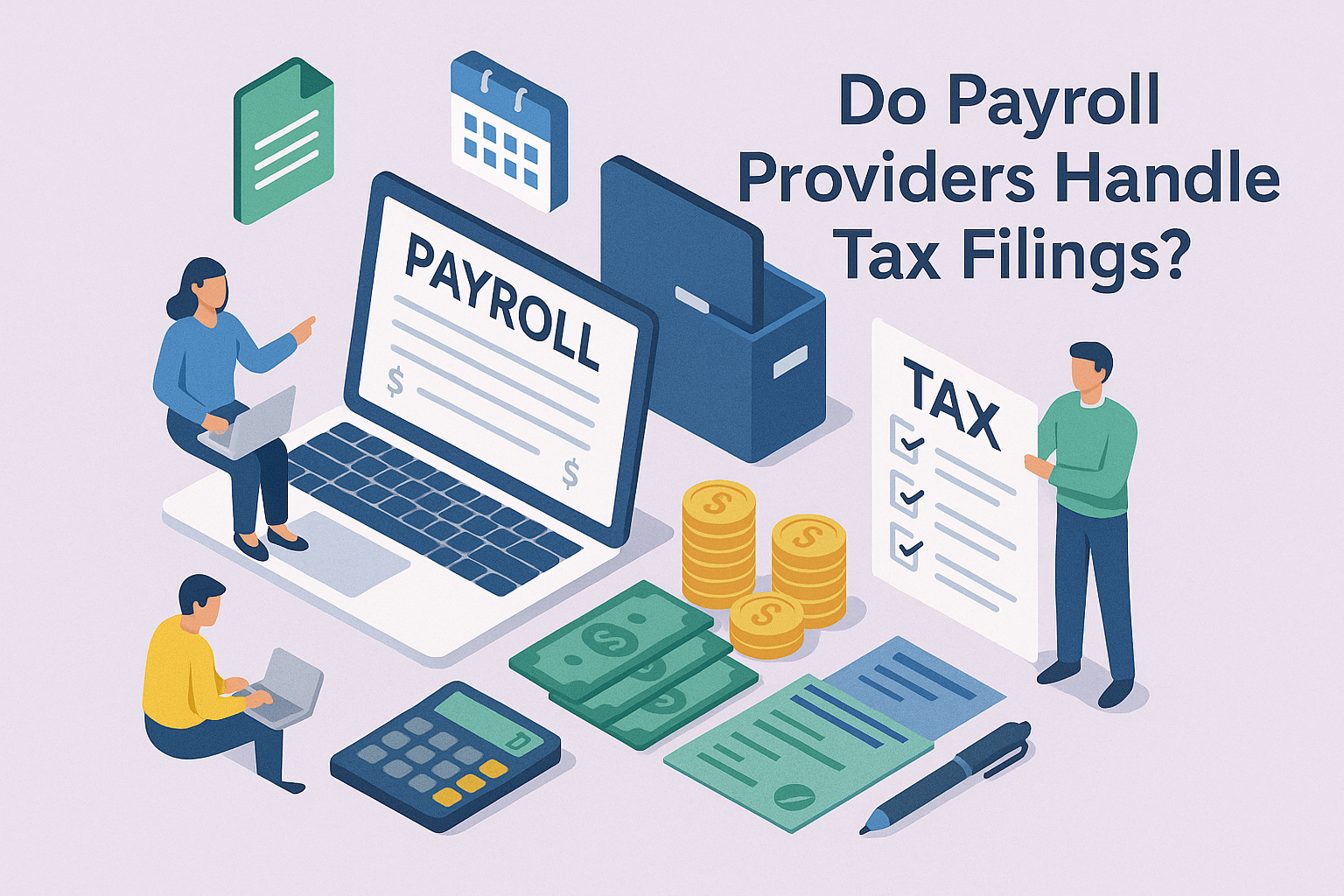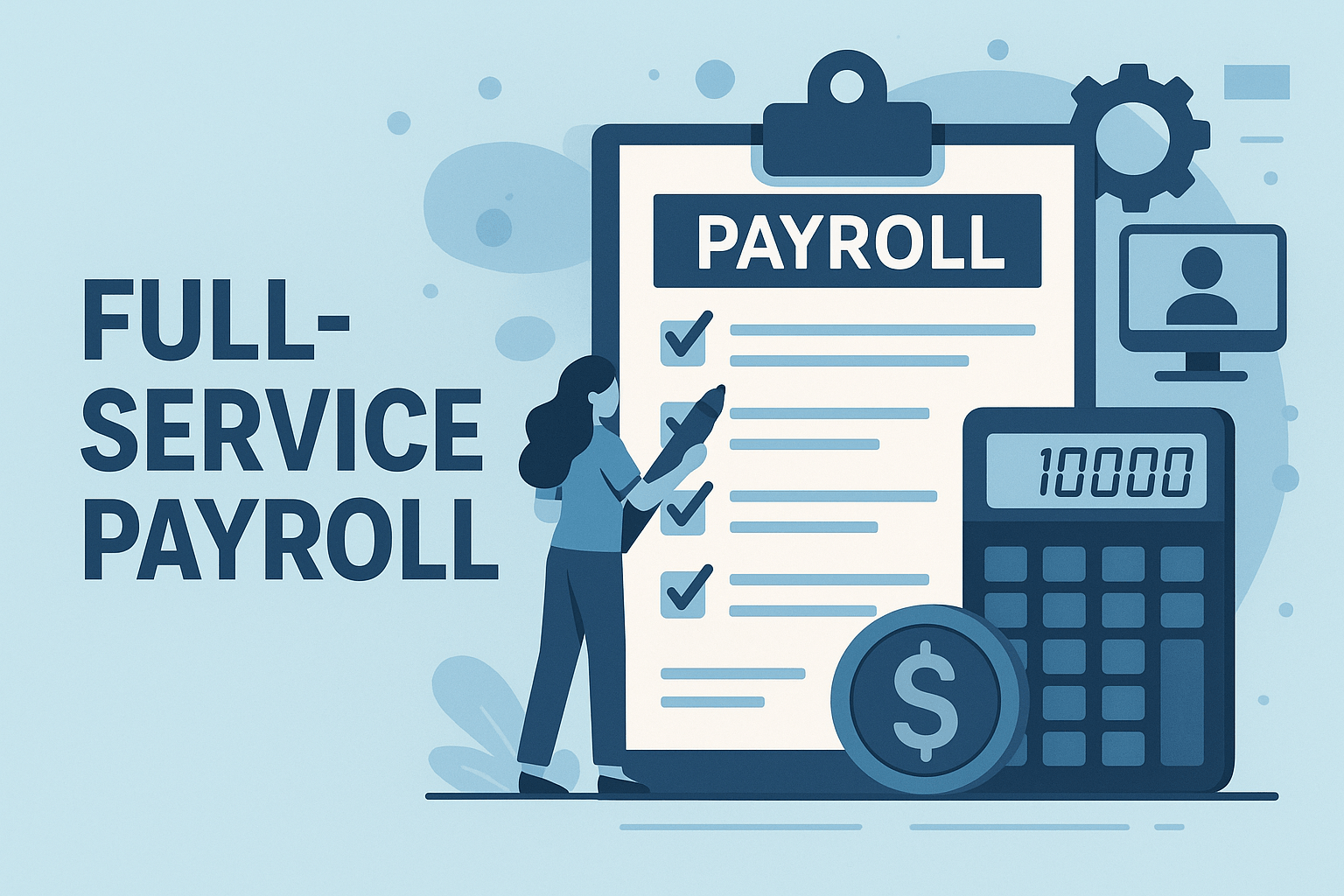4 Types of Pay Periods and How to Choose Between Them
December 6th, 2024
5 min read
Managing payroll effectively is one of the cornerstones of running a successful business. Yet, figuring out the right pay period can feel overwhelming. Are you struggling to balance employee satisfaction with administrative efficiency? Are compliance concerns keeping you up at night? You’re not alone. Many business owners face these challenges.
At Lift HCM, we’ve worked with businesses of all sizes to streamline their payroll processes, and we understand the complexities involved. In this guide, we’ll demystify pay periods by exploring their types, benefits, and challenges, while offering actionable strategies to choose the one that best suits your needs. By the end, you’ll have the clarity to make a confident decision that aligns with your business goals and workforce expectations.
Table of Contents
- What Are Pay Periods?
- The Four Main Types of Pay Periods
- Factors to Consider When Choosing a Pay Period
- Payroll Compliance
- Pay Periods and Payroll Processing Efficiency
- Best Practices for Implementing a Pay Period
- FAQs About Pay Periods
- Making the Right Pay Period Decision for Your Business
What are Pay Periods?
A pay period is the recurring schedule that determines when and how often employees are paid. Think of it as the backbone of your payroll system—it dictates cash flow, tax schedules, and employee morale. Selecting the wrong pay period can lead to inefficiencies, dissatisfaction, or even compliance risks. On the other hand, the right choice fosters trust and consistency.
For example, imagine running a retail business during the holiday season. Weekly pay periods might help retain hourly workers eager for timely compensation, but they also demand more administrative effort.
The Four Main Types of Pay Periods
Every business has unique payroll needs. Here’s a breakdown of the most common pay period types, their benefits, and drawbacks:
1. Weekly Pay Period
- Frequency: Employees are paid once a week, usually on a consistent day (e.g., every Friday).
- Number of Paychecks Per Year: 52
- Common in: Trades, retail, and hospitality industries with many hourly workers.
- Pros: Frequent paychecks keep employees happy and simplify overtime calculations.
- Cons: High administrative costs and time-intensive processing.
2. Bi-weekly Pay Period
- Frequency: Employees are paid every two weeks, resulting in 26 paychecks annually.
- Number of Paychecks Per Year: 26
- Common in: Diverse industries, from corporate offices to nonprofits.
- Pros: Predictable paydays reduce administrative workload compared to weekly periods.
- Cons: Non Exempt employee overtime calculations can become complex.
3. Semi-monthly Pay Period
- Frequency: Employees are paid twice a month, typically on fixed dates like the 15th and last day of the month.
- Number of Paychecks Per Year: 24
- Common in: Salaried roles where consistency matters.
- Pros: Consistent payouts simplify salaried employee budgeting.
- Cons: Paydays occasionally coincide with weekends or holidays, requiring adjustments.
4. Monthly Pay Period
- Frequency: Employees are paid once a month, usually at the end of the month.
- Number of Paychecks Per Year: 12
- Common in: Government roles and higher education sectors.
- Pros: Low administrative costs align well with budgeting and reporting cycles.
- Cons: Long intervals between paychecks can challenge employees.
| Pay Period | Pros | Cons |
| Weekly | Frequent paydays; simplifies overtime calculations |
High administrative costs; time-sensitive |
| Biweekly | Predictable paydays; fewer transactions | Complex overtime calculations |
| Semi-Monthly | Consistent for salaried employees | Paydays may fall on weekends/holidays |
| Monthly | Budget-freindly for employers | Long intervals between paychecks |
Factors to Consider When Choosing a Pay Period
Selecting a pay period involves more than personal preference—it’s a strategic decision. Here are the key factors to consider:
- Employee Preferences: Do employees value frequent paychecks, or are they comfortable waiting?
- Legal requirements: Different countries and states have different laws and regulations regarding payroll and pay periods. Research the legal requirements in your area and make sure your pay period complies with all relevant laws.
- Payroll Costs: What frequency is manageable for your business? Consider how much time and resources it will take to process your payroll.
- Cash Flow Stability: Does your revenue stream support consistent payroll schedules? If there's consistently a lull in the middle of the month, opting for a monthly pay period might not be the best choice.
Payroll Compliance
Compliance is non-negotiable when it comes to payroll. Federal and state laws regulate how often employees must be paid, with special emphasis on nonexempt workers who earn overtime. Failing to meet these requirements can result in penalties, legal actions, or damaged employee trust. Research state-specific requirements to ensure your payroll schedule meets minimum standards.
💡 Did you know? The U.S. Department of Labor has penalized businesses over $7.4 million annually due to payroll violations.
The U.S. Department of Labor reports that failure to comply with pay frequency laws has led to millions in employer penalties annually.
Pay Periods and Payroll Processing Efficiency
Frequent pay periods like weekly require more administrative time and cost, as tax filings and other payroll processes occur more often. In contrast, less frequent schedules like monthly ease the burden but demand meticulous accuracy to prevent errors.
Frequent Pay Periods (e.g., Weekly):
- Pros: Keeps employees satisfied and ensures accurate overtime tracking.
- Cons: Higher administrative costs and greater potential for errors due to frequent calculations.
Less Frequent Pay Periods (e.g., Monthly):
- Pros: Reduces processing time and administrative costs.
- Cons: Errors may go undetected longer, and employees may dislike infrequent paychecks.
Best Practices for Implementing a Pay Period
Choosing the right pay period is just the start. To truly maximize efficiency and employee satisfaction, it’s essential to optimize your entire payroll process. Here are strategies to ensure your payroll system runs smoothly regardless of the pay period you select:
- Leverage Payroll Technology: Invest in reliable payroll software that can handle complex calculations, compliance updates, and integrations with other HR systems. Automation minimizes errors and saves time.
- Streamline Tax Compliance: Ensure your payroll system is updated to meet federal, state, and local tax regulations. This avoids penalties and fosters trust among employees.
- Prioritize Data Security: With sensitive employee data at stake, implement advanced cybersecurity measures and regularly audit your payroll processes to prevent breaches.
- Offer Flexible Payment Options: Cater to diverse employee preferences by providing options like direct deposit, pay cards, or digital wallets, enhancing convenience and satisfaction.
- Audit and Analyze Regularly: Schedule periodic reviews of your payroll processes to identify inefficiencies, ensure compliance, and adjust for changes in workforce or regulations.
📉 Did You Know? Companies using payroll software report a 60% reduction in payroll errors and a 50% increase in efficiency (Deloitte).
By focusing on these optimization strategies, you’ll not only manage your payroll effectively but also build a system that supports growth and employee trust.
FAQs About Pay Periods
Are bi-weekly and semi-monthly pay periods the same? No. Bi-weekly pay periods occur every two weeks (26 times annually), while semi-monthly pay occurs twice a month on set dates (24 times annually). This slight difference can impact overtime calculations and payroll schedules.
What is the most cost-effective pay period? Monthly pay periods are generally the most cost-effective because they reduce administrative time and frequency of tax filings. However, they may not suit industries where employees expect more frequent pay.
Can I change my pay period later? Yes, but it’s essential to communicate changes clearly to employees, update payroll systems, and ensure compliance with state laws regarding notification timelines.
Are there legal requirements for pay periods? Yes, laws regarding pay periods vary by state. Some states mandate specific minimum payment frequencies, such as weekly or bi-weekly, for certain types of employees. Always check local labor laws.
Does a pay period affect tax reporting and deductions? Yes, the pay period impacts how frequently taxes are calculated and withheld. More frequent pay periods mean smaller individual deductions per paycheck but require more frequent reporting.
How do holidays and weekends affect pay periods? If the scheduled payday falls on a holiday or weekend, employers must adjust the payment date to ensure employees are paid on time, usually the previous business day.
Making the Right Pay Period Decision for Your Business
Choosing the best pay period for your business is a strategic decision that goes beyond convenience. It affects compliance, efficiency, and employee satisfaction. We’ve covered the four main pay period types, their pros and cons, and the key factors to consider.
At Lift HCM, we’re committed to simplifying payroll management for businesses like yours. Whether you need help optimizing your pay schedule or ensuring compliance, our experts are here to support you. Contact us today to build a payroll system that works seamlessly for your business and your team.
Caitlin Kapolas is a results-driven professional with a strong background in account management and retail. She is dedicated to improving client experiences and building lasting relationships. Caitlin excels in identifying client needs, resolving issues, and implementing customized solutions that drive value. Her effective communication skills ensure high client satisfaction and loyalty, making her a trusted advisor and partner in meeting client needs with precision and professionalism.
Topics:























